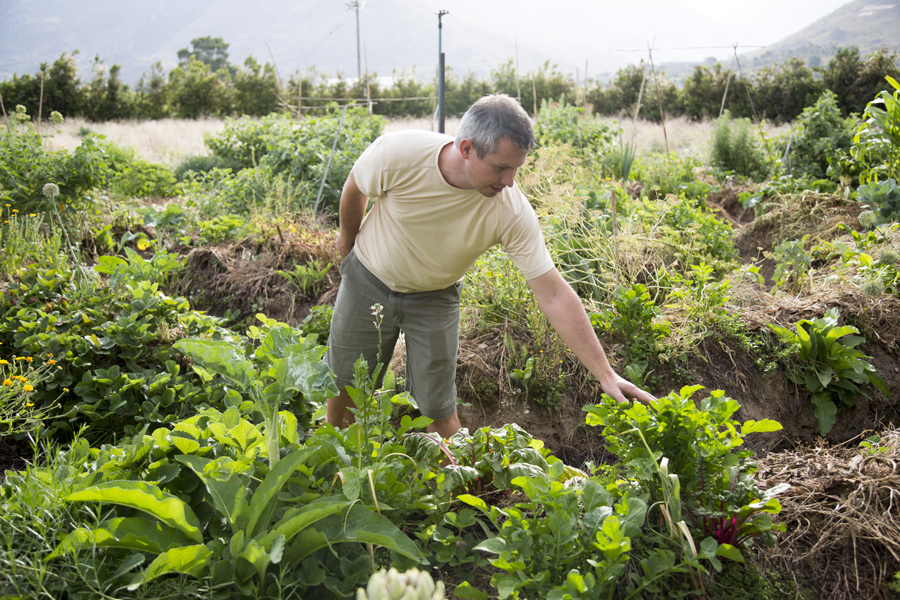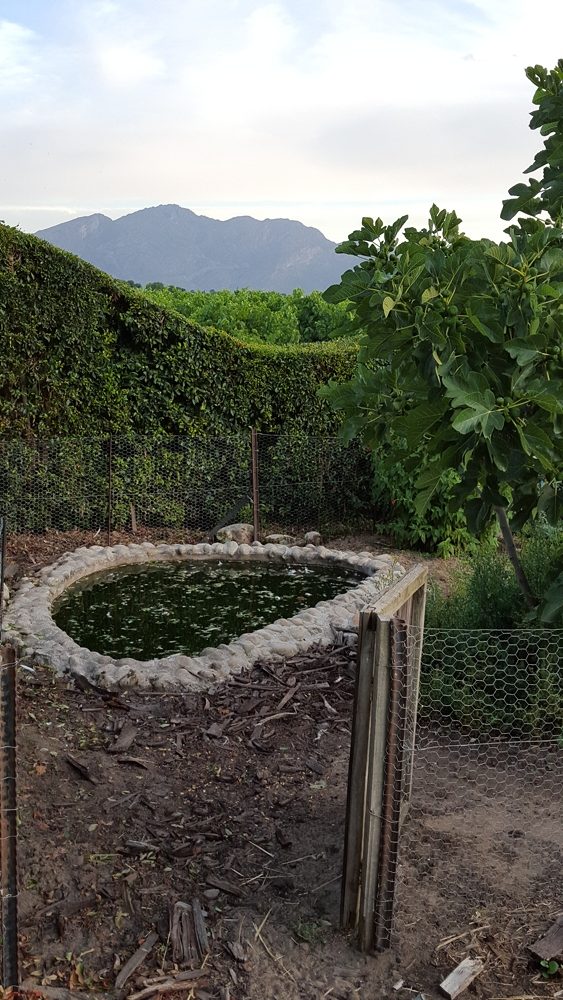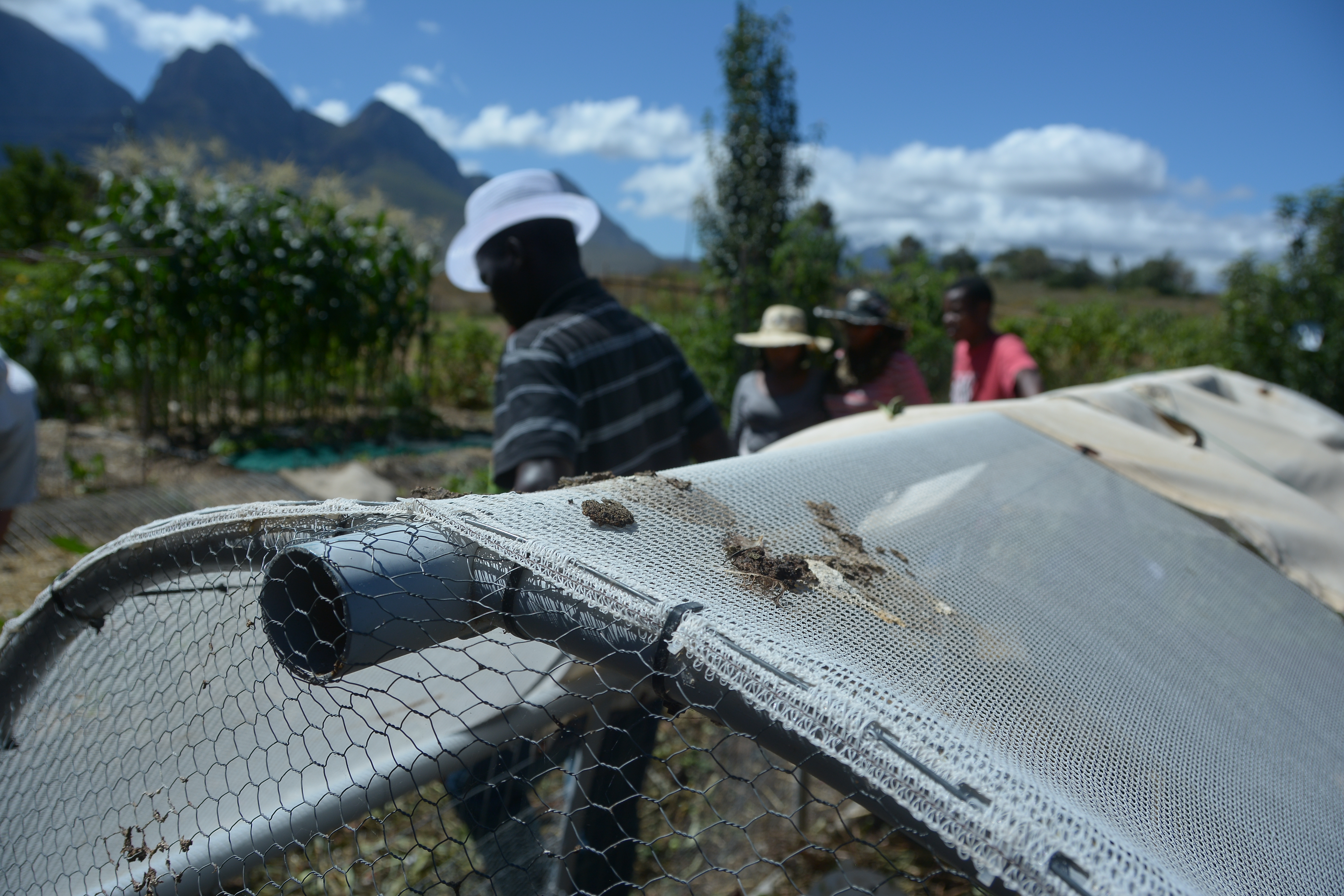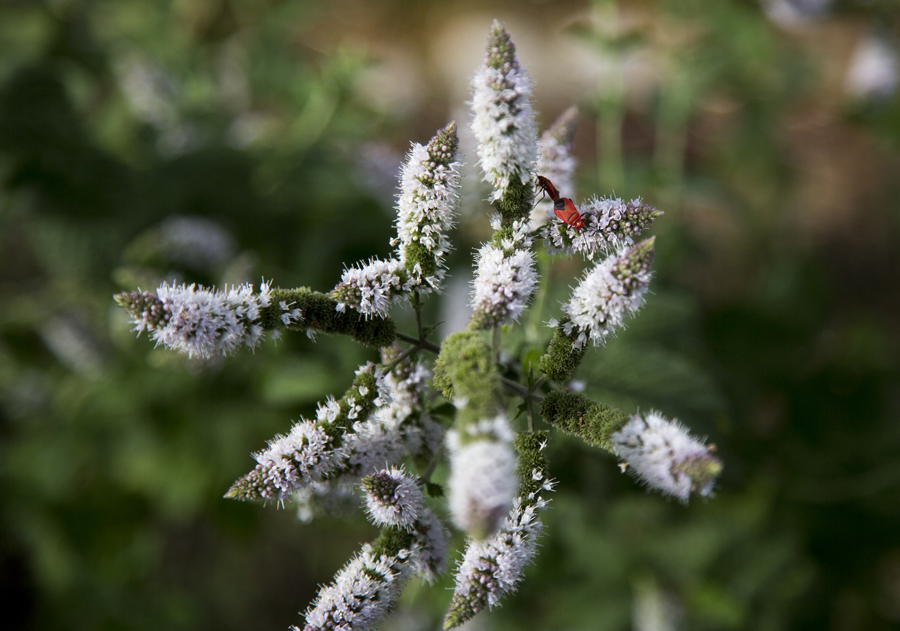



Permaculture Principles
The principals of permaculture were formulated by David Holmgren. They provide a set of universal guidelines that can be applied when designing sustainable systems and habitats in any climate and at any scale:
1. Observe and Interact
When we take the time to engage with nature, observe it carefully and interact with it thoughtfully we can design solutions that suit our specific situation. A good permaculture design is not generated in isolation, but rather through continuous and reciprocal interaction with the subject.
3. Catch and store energy
Sustainable permaculture systems include solutions to catch and store energy locally when it is available in abundance. Sun, wind, run-off water flows and waste from local agricultural, industrial and commercial enterprises are typical sources of energy. Storing their energy in fertile soil, perennial vegetation systems, water bodies and renewable energy containers allows their use whenever needed.
4. Obtain a yield
A system that does not provide immediate and useful yields is unlikely to succeed. This principle reminds us to ensure that we are getting fair rewards for our work by aiming for maximum yields with minimal effort in our designs.
5. Apply self-regulation and accept feedback
Mother Earth itself is a self-regulatory system – when we better understand how positive and negative feedbacks work in natural processes we can design systems and continuously fine-tune them towards more self-regulation instead of having to apply harsh corrective measures.
6. Use and value renewable sources and services
Truly sustainable systems with permanent yields require the best use of renewable resources, that are replenished naturally without the need for major non-renewable inputs. The better we apply this principle the more we reduce our dependency on non-renewable resources, especially when we also moderate our consumptive behaviour.
7. Produce no waste
Permaculture sees resources and opportunities in what is traditionally seen as waste. When we aim at producing no waste that cannot be reused we contribute towards restoring Nature’s balance.
8. Design from patterns to details
Stepping back and taking a bird’s eye view of a specific situation or problem allows us to see patterns that can become the backbone of the design of a solution. More and more details are then filled in as we go on, start implementing and learning more.
9. Integrate rather than segregate
By putting the rights things in the right places in a permaculture design we allow symbiotic relationships to develop between these things and they will work together to support each other. A monoculture is an example of strict segregation, while a multi-culture of companion plants is an example of integrating variety which results in the whole being greater than the sum of its parts. The same principle also applies to human societies and communities.
10. Use small and slow solutions
Systems that are designed to operate at the smallest practicable scale and the slowest speed for its function tend to be much more resilient in the long run. They are easier to maintain than big systems, they can make better use of locally available resources and produce more sustainable results.
11. Use and value diversity
Integrating and applying the great diversity of Nature in our designs reduces the vulnerability of a system to various threats and allows us to make use of the unique nature of the environment in which it resides.
12. Use edges and value the marginal
Natural edges are the most valuable, diverse and productive areas within a system. Living top soil is an example of an edge or interface between the mineral earth and the atmosphere, it is the most important edge of all for all terrestrial life. By increasing edges and valuing marginal and invisible aspects we can create incredibly productive permanent systems.
13. Creatively use and respond to change
The durability of a natural living system depends to a large extent on its flexibility in adjusting to changes. Change is inevitable, if we observe carefully and intervene at the right time we can facilitate a positive impact.
